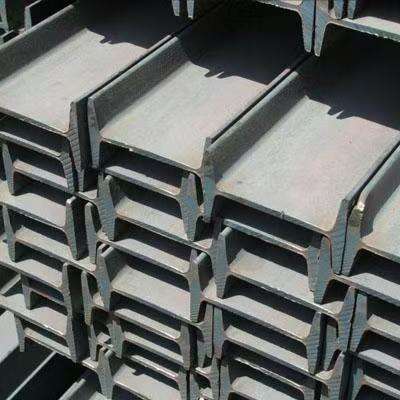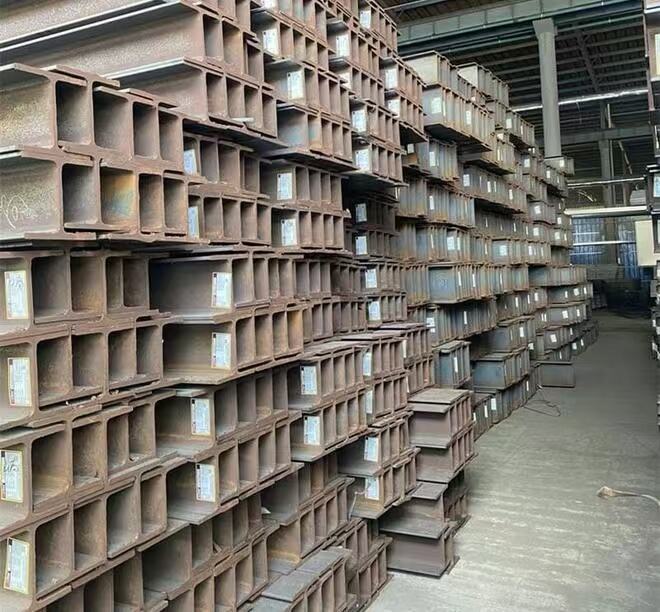Understanding the Essential Role of Steel Beams in Modern Construction
Steel beams represent one of the most fundamental and versatile components in modern construction, providing the backbone for countless architectural achievements worldwide. From towering skyscrapers to modest residential properties, these robust structural elements have revolutionized building practices and continue to shape our architectural landscape. Their remarkable strength-to-weight ratio and exceptional durability have made them indispensable in contemporary building projects.
The construction industry relies heavily on steel beams to create strong, reliable, and lasting structures. These essential components transfer loads from floors, roofs, and other building elements to columns and foundations, ensuring the overall stability and safety of buildings. Their widespread adoption has enabled architects and engineers to push the boundaries of design while maintaining structural integrity.
Structural Applications in Commercial Construction
Supporting Multi-Story Buildings
In commercial construction, steel beams play a crucial role in creating the framework for multi-story buildings. Their superior load-bearing capacity allows them to support massive weights while maintaining relatively slim profiles. This characteristic is particularly valuable in urban environments where space optimization is paramount. The strength of steel beams enables architects to design open-plan offices and expansive commercial spaces without requiring numerous supporting columns.
These structural elements work in concert with other building components to distribute weight evenly throughout the structure. The careful calculation and strategic placement of steel beams ensure that vertical and horizontal loads are properly managed, preventing structural failures and maintaining building stability even under extreme conditions.
Creating Large Spanning Structures
Steel beams excel in applications requiring long spans, such as convention centers, warehouses, and sports facilities. Their ability to bridge significant distances without intermediate support makes them ideal for creating unobstructed spaces. This capability has transformed modern architecture, allowing for the construction of impressive structures that would be impossible with traditional building materials.
The spanning capability of steel beams also facilitates the creation of dramatic architectural features, such as cantilevers and overhangs. These design elements add visual interest while maintaining structural integrity, showcasing the versatility of steel as a building material.

Residential Construction Applications
Foundation Support and Load Distribution
In residential construction, steel beams provide essential support for foundations and help distribute structural loads effectively. They are particularly valuable in basement construction, where they can span long distances to create open basement spaces without numerous support columns. This application has become increasingly popular in modern home design, where homeowners desire spacious, unobstructed lower levels.
The implementation of steel beams in foundation systems also helps prevent settling and structural movement, which can lead to costly repairs over time. Their strength and stability make them an excellent choice for challenging soil conditions or areas prone to ground movement.
Home Renovation and Expansion Projects
Steel beams are invaluable in home renovation projects, particularly when removing load-bearing walls to create open-concept living spaces. Their strength allows for the elimination of multiple support points, transforming traditionally compartmentalized homes into modern, flowing environments. This application has become increasingly popular as homeowners seek to modernize older properties while maintaining structural integrity.
In home additions and extensions, steel beams provide the necessary support for new construction while integrating seamlessly with existing structures. Their versatility allows for creative architectural solutions that might not be possible with other building materials.
Industrial and Infrastructure Applications
Bridge Construction and Transportation Infrastructure
The transportation sector relies heavily on steel beams for bridge construction and other infrastructure projects. Their high strength and durability make them ideal for spanning rivers, valleys, and roadways. Modern bridge design often incorporates complex arrangements of steel beams to create structures that are both functional and aesthetically pleasing.
In addition to bridges, steel beams are essential components in the construction of elevated highways, railway platforms, and other transportation infrastructure. Their resistance to weather and environmental conditions ensures long-term performance in these demanding applications.
Industrial Facility Construction
Industrial buildings require robust structural solutions to accommodate heavy equipment, machinery, and storage requirements. Steel beams provide the necessary support for these demanding environments while offering flexibility for future modifications or expansions. Their high load-bearing capacity makes them ideal for creating strong frameworks that can support overhead cranes, conveyor systems, and other industrial equipment.
The durability of steel beams in industrial settings is particularly valuable, as these structures often face harsh conditions and heavy use. Their resistance to wear and ability to maintain structural integrity over time makes them a cost-effective choice for industrial construction.
Advanced Design Considerations
Engineering and Load Calculations
The successful implementation of steel beams requires careful engineering and precise load calculations. Engineers must consider various factors, including dead loads, live loads, wind loads, and seismic forces when selecting and positioning steel beams. These calculations ensure that the chosen beams can adequately support all anticipated stresses while maintaining safety margins.
Modern design software and engineering tools have revolutionized the process of selecting and specifying steel beams for construction projects. These tools allow for detailed analysis of structural requirements and help optimize beam selection for both performance and cost-effectiveness.
Integration with Other Building Systems
Steel beams must be carefully integrated with other building systems, including mechanical, electrical, and plumbing installations. This integration often requires strategic placement of openings and connections to accommodate various services while maintaining structural integrity. The coordination between different trades and systems is crucial for successful project completion.
The development of composite construction techniques, where steel beams work in conjunction with concrete floors and other materials, has further enhanced the versatility and efficiency of steel beam applications. These innovative approaches continue to advance the capabilities of modern construction.
Frequently Asked Questions
How long can steel beams span without support?
The spanning capability of steel beams depends on various factors, including the beam size, type, and load requirements. Generally, steel beams can span distances of 20 to 100 feet or more without intermediate support, depending on the specific application and engineering requirements.
What is the typical lifespan of steel beams in construction?
When properly maintained and protected from corrosion, steel beams can last for many decades, often exceeding 100 years. Their longevity depends on factors such as environmental conditions, protective coatings, and regular maintenance practices.
Are steel beams more expensive than other construction materials?
While the initial cost of steel beams may be higher than some alternatives, their long-term value often makes them more cost-effective. Factors such as durability, reduced maintenance requirements, faster construction times, and greater design flexibility contribute to their overall economic advantage.



